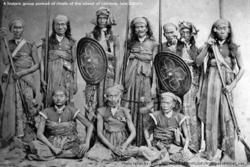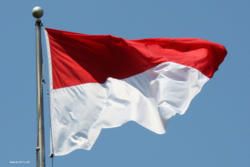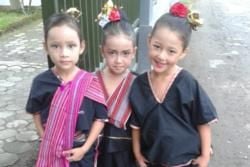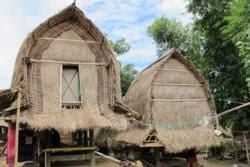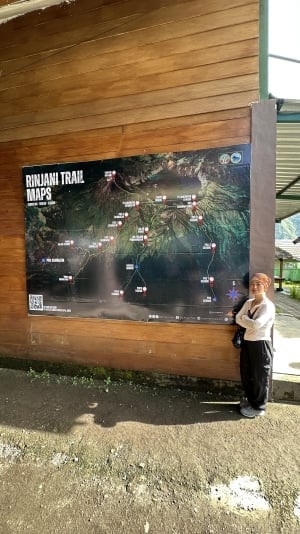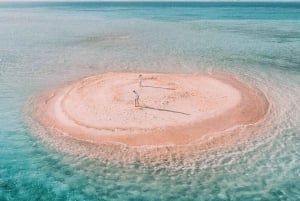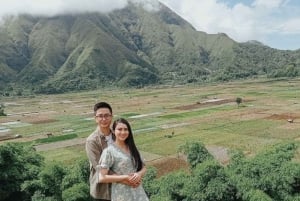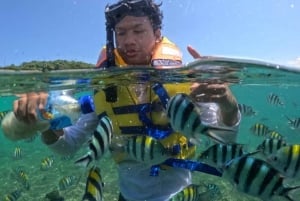History & Culture
The Early Days
The very earliest days of are something of a mystery, with no surviving records of life before the 17th century and very little archaeological evidence. The earliest settlers were Sasak farmers, who are thought to have migrated from North India or Burma. The island was made up of a disparate collection of clans, each ruled by its own ‘prince’ and constantly feuding with each other. Looking to expand their power base, the neighbouring Balinese invaded Lombok in the mid-1700s and managed to hold on to control almost until the end of the 19th century. The Balinese were eventually driven out by the Sasaks in 1894 with the help of colonial Dutch forces who had been in control of most of Indonesia for the past century.
Having signed treaties with the Lombok aristocracy, the Dutch took direct control of Lombok affairs and a long period of relative peace ensued, yet they did little to improve life for the average Sasak peasant farmer. The island was of little commercial importance to the Dutch and remained a rural backwater with almost no infrastructure outside the capital Mataram.
From early 1942, Japanese forces swept through the Indonesian archipelago (then officially known as the Dutch East Indies) with remarkable speed. They moved virtually unopposed through the islands as the Dutch were unable to call upon reinforcements as they themselves were under German occupation back in Europe. On 9 May 1942, the Japanese fleet sailed into Ampenan harbour and after a brief skirmish with the Dutch, took complete control of the island. Initially the Japanese were warmly welcomed as ‘liberators’ but this was an unhappy time with forced labour and deprivation. The Japanese did help to politicise the masses, which sowed the seeds for the Independence movement in Lombok and elsewhere in Indonesia at the end of the war.
Independence and Famine
After the war, the Dutch returned to Indonesia and were finally driven out by the nationalist movement in 1949 as Indonesia became an independent state. In 1958 Lombok was incorporated into the province of West Nusa Tenggara and Mataram became the regional capital. Amidst major civil unrest throughout the country with the fall of Indonesia’s first president Sukarno, Lombok suffered widespread crop failure resulting in a famine that killed an estimated 50,000 people. Further food shortages in 1973 also took a heavy toll.
Lombok Today
Tourism began making inroads in the 1980’s and just as it was about to really take off, the Asian financial crisis of 1997 hit. After a slow and steady recovery, things got much worst for Lombok and its burgeoning tourist industry with several days of rioting in Mataram during 2000. The bombing of 2002 also put another severe dent into Lombok tourism. Nowadays, things are looking much rosier with a new international airport, improved infrastructure and the beginning of major tourist development on the south coast.
Lombok Culture
Lombok’s Sasaks are predominantly Muslim yet in West Lombok there is a fairly sizeable Balinese Hindu population and a vibrant Chinese trading community. The Muslim faith is strongest in rural East Lombok where there are several ‘dry’ towns and villages with no alcohol for sale yet are very hospitable to visitors of all faiths. In North Lombok many locals still adhere to age-old ‘Wektu Telu’ rituals, which
is a colourful mix of conventional Islam and animist worship.



